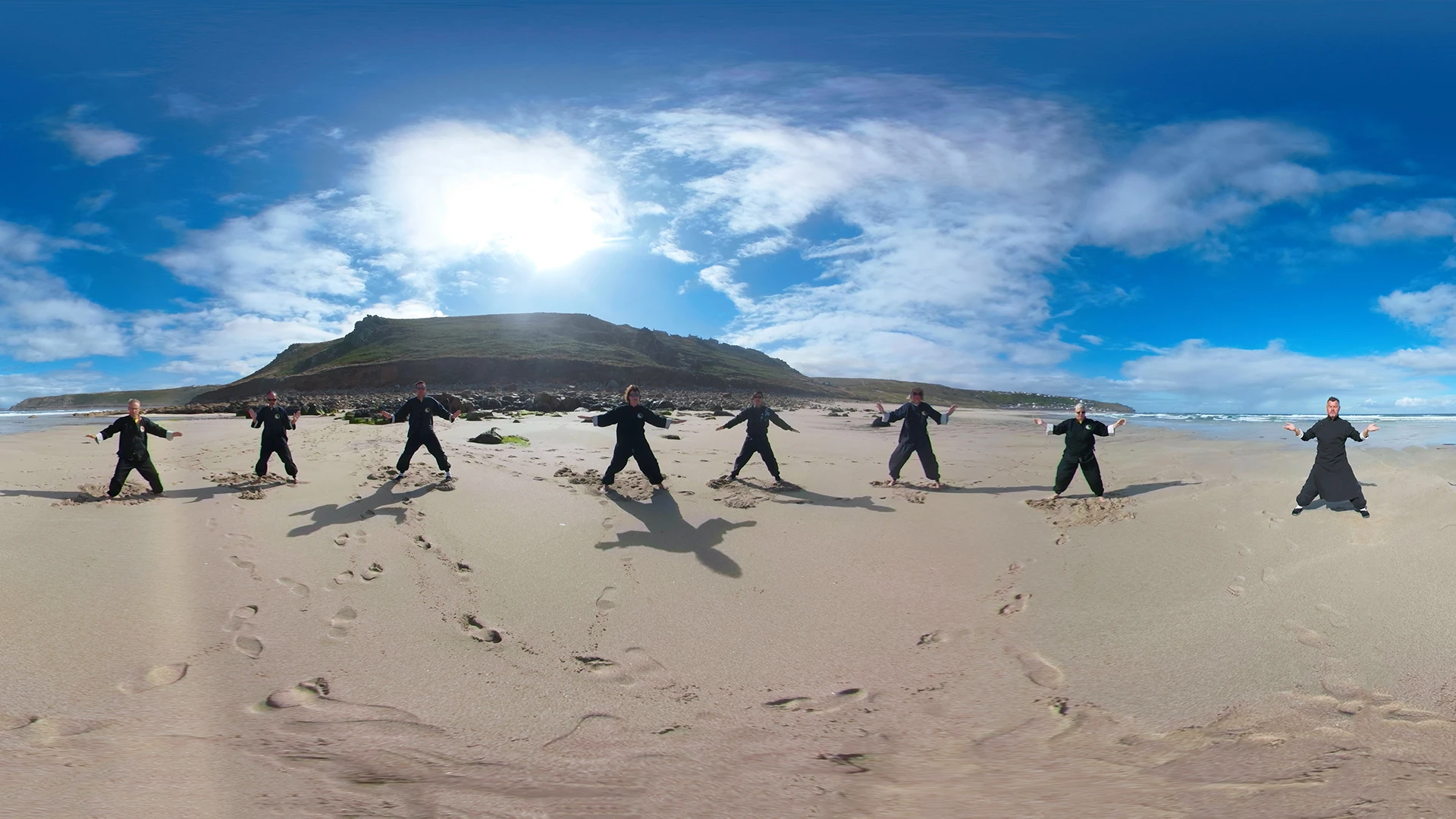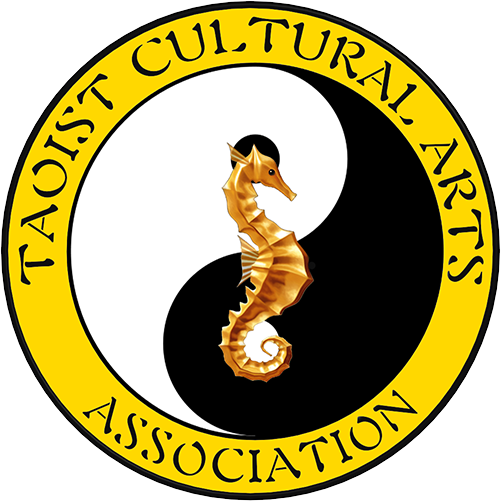In the bustling realm of mind-body practices, Daoyin shines as an ancient gem from China. Often considered a precursor to modern-day qigong and tai chi, Daoyin is a comprehensive system of exercises that integrates movement, breath control, and mental focus. With a history spanning thousands of years, this practice holds deep cultural significance and offers profound benefits for physical and mental well-being. In this blog post, we will dive into the origins, historical development, and enduring importance of Daoyin, unveiling its wisdom and timeless relevance in the modern world.
- Origins of Daoyin
To understand the origins of Daoyin, we must trace its roots back to ancient China. Daoyin finds its foundation in Daoist philosophy, which emphasizes the cultivation of harmony and balance within oneself and the natural world. The practice is believed to have emerged during the Han Dynasty (206 BCE – 220 CE), although its origins can be linked to even earlier times. Daoyin draws inspiration from various sources, including Daoist meditation techniques, martial arts movements, and Traditional Chinese Medicine (TCM) principles.
- Historical Development
As Daoyin gained popularity, it underwent significant development over the centuries. During the Tang Dynasty (618-907 CE), the practice experienced a surge in refinement and diversification. Renowned Daoist and Buddhist temples served as centers for Daoyin transmission and cultivation. The legendary physician Hua Tuo (c. 140-208 CE) played a vital role in further developing Daoyin by incorporating specific exercises to address various health conditions.
In subsequent dynasties, Daoyin continued to evolve, influenced by different schools of thought and practitioners. Notably, during the Ming Dynasty (1368-1644 CE), the practice underwent significant codification, resulting in the compilation of several manuals and treatises on Daoyin exercises. These texts provided a comprehensive understanding of the practice, including detailed descriptions of movements, breathing techniques, and energy flow.
- Components and Techniques
Daoyin encompasses a wide range of exercises designed to promote health, vitality, and spiritual growth. These exercises typically involve slow, fluid movements combined with coordinated breathing and mental focus. Some common components and techniques of Daoyin include:
a) Stretching and Opening Exercises: These exercises aim to promote flexibility, loosen muscles and joints, and stimulate energy flow through the body. They often involve gentle stretching movements, rotations, and joint articulations.
b) Self-Massage and Acupressure: Daoyin incorporates techniques to stimulate specific acupoints and meridians, promoting the smooth flow of Qi (vital energy) in the body. Self-massage and acupressure techniques help release tension, improve circulation, and enhance overall well-being.
c) Breath Control: Conscious regulation of the breath is a fundamental aspect of Daoyin. Practitioners learn to cultivate deep, relaxed breathing patterns that harmonize with movement and promote a sense of calmness and internal balance.
d) Visualization and Mental Focus: Daoyin exercises often incorporate visualization techniques, where practitioners imagine the flow of energy within their bodies or connect with the natural elements around them. This aspect cultivates mindfulness, concentration, and a heightened sense of connection between body, mind, and environment.
- Importance of Daoyin in Modern Times
Despite the passage of centuries, Daoyin remains highly relevant in our modern era. Its enduring importance can be attributed to several factors:
a) Physical Health Benefits: Regular practice of Daoyin enhances physical fitness, flexibility, and balance. It improves posture, strengthens muscles and joints, and boosts cardiovascular health. Daoyin’s emphasis on deep breathing and relaxation helps reduce stress, anxiety, and related disorders.
b) Energy Cultivation and Vitality: Daoyin promotes the harmonious flow of Qi throughout the body, supporting vitality and overall well-being. By cultivating and balancing energy, practitioners experience increased vitality, enhanced immunity, and improved overall health.
c) Mind-Body Integration: Daoyin serves as a powerful tool for integrating body, mind, and spirit. The practice enhances self-awareness, mindfulness, and mental focus. It offers a pathway to cultivate inner peace, emotional stability, and a deeper connection with oneself and the world.
d) Cultural Heritage and Preservation: Daoyin embodies the rich cultural heritage of China. By practicing and promoting Daoyin, individuals contribute to the preservation and appreciation of this ancient art form, fostering cross-cultural understanding and appreciation.
Daoyin stands as a testament to the wisdom of ancient Chinese culture, offering a holistic approach to health, vitality, and spiritual growth. Through its evolution over millennia, Daoyin has become a treasured practice with enduring relevance in the modern world. By engaging in Daoyin, individuals can tap into the transformative power of movement, breath, and mindfulness, unlocking the potential for profound physical, mental, and spiritual well-being.
Whether one seeks improved physical health, enhanced energy cultivation, or a deeper connection with the self, Daoyin remains an invaluable resource, guiding us on a path towards balance, harmony, and personal transformation.


Leave a Reply